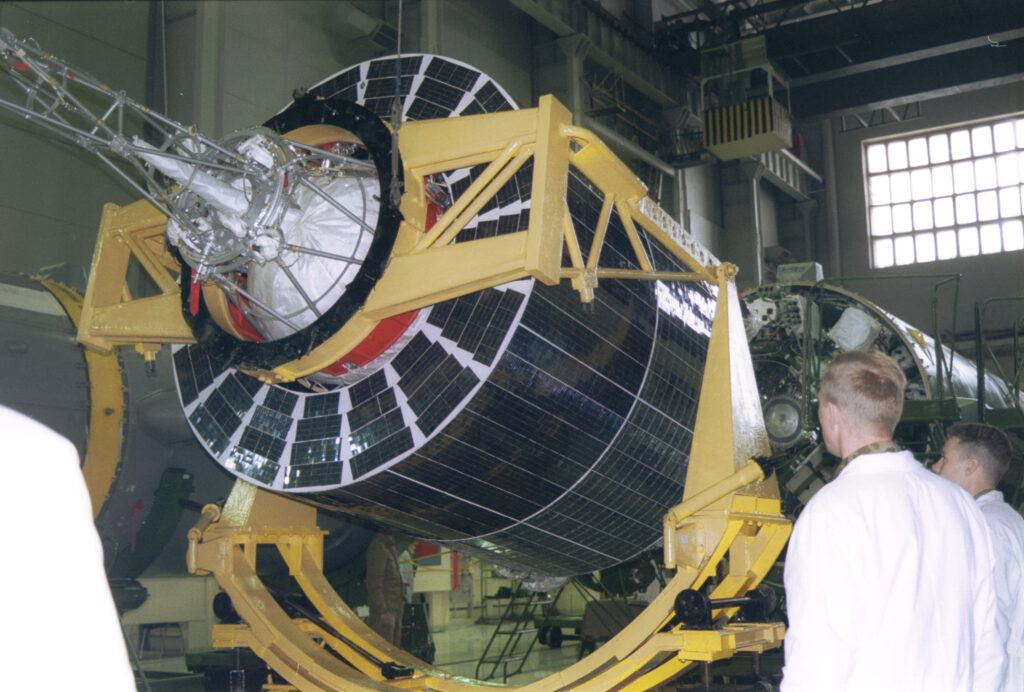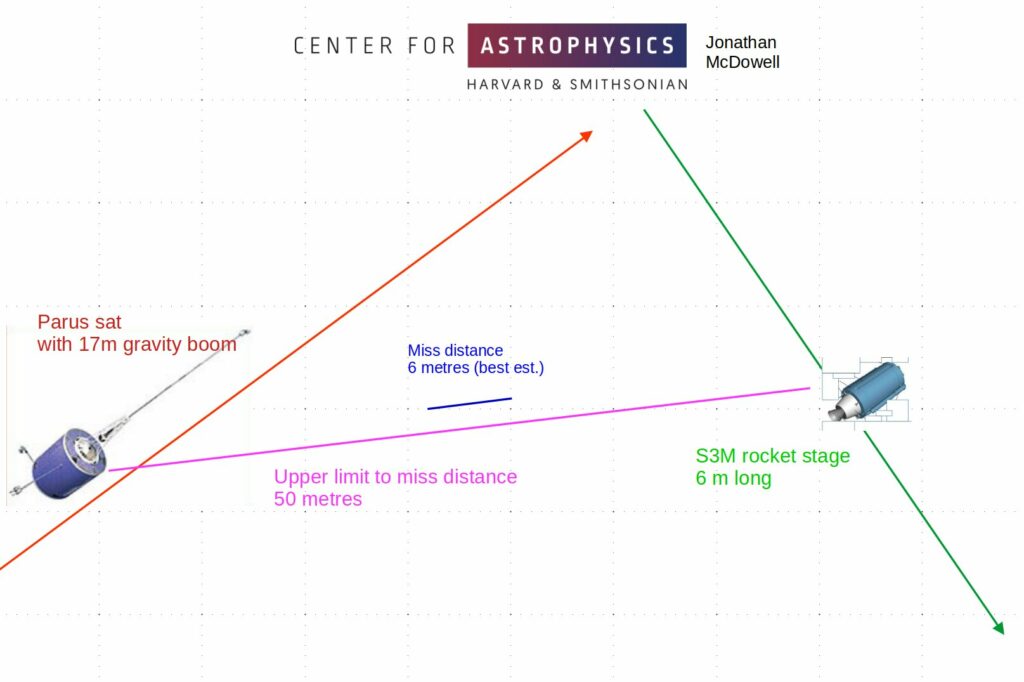On January 27, an extremely dangerous convergence of two fragments of space debris occurred in near-Earth orbit. Their collision may have resulted in the formation of thousands of fragments.
Too close for comfort… ????
Two large, defunct objects in #LEO narrowly missed each other this morning — an SL-8 rocket body (16511) and Cosmos 2361 (25590) passed by one another at an altitude of 984km. ????⚠️ #SpaceDebris pic.twitter.com/pF9o6BuZ5Q
— LeoLabs (@LeoLabs_Space) January 27, 2023
The incident occurred at an altitude of 984 km above Antarctica. One of its members was the upper stage of the Soviet rocket “Kosmos-3M”. It was used to launch a navigation device in 1986. The second is the Russian military satellite “Parus”, which has been in orbit since 1998.

According to LeoLabs, a near-Earth space monitoring company, the minimum approach distance between the two objects ranged from 50 to only 6 meters. The calculations carried out by analysts showed that the probability of their collision was 9%. Since the Parus satellite has been out of order for a long time, specialists would have absolutely no way to prevent this event. They could only hope that the two objects would safely miss each other in orbit.

Fortunately, the collision really did not happen. But this does not mean that the threat has passed. The region of near-Earth orbits, lying at an altitude of 950 to 1050 km, is currently one of the most risky in terms of the formation of space debris. It contains about 160 spent upper stages of rockets and many failed satellites launched more than 20 years ago. According to LeoLabs, more than 1,400 approaches took place between them only in the period from June to September 2022. With a very significant degree of probability, sooner or later the orbits of some of these objects will intersect.
Such a collision will lead to the formation of thousands of fragments, which can then collide with other fragments of space debris, further aggravating the situation. Even worse, at this altitude, the Earth’s atmosphere has practically no braking effect. This means that the debris formed during the collision will remain in orbit for many thousands of years.
Earlier we talked about the fact that over the past two years, Starlink satellites carried out 26 thousand avoidance maneuvers.
Follow us on Twitter to get the most interesting space news in time
https://twitter.com/ust_magazine
